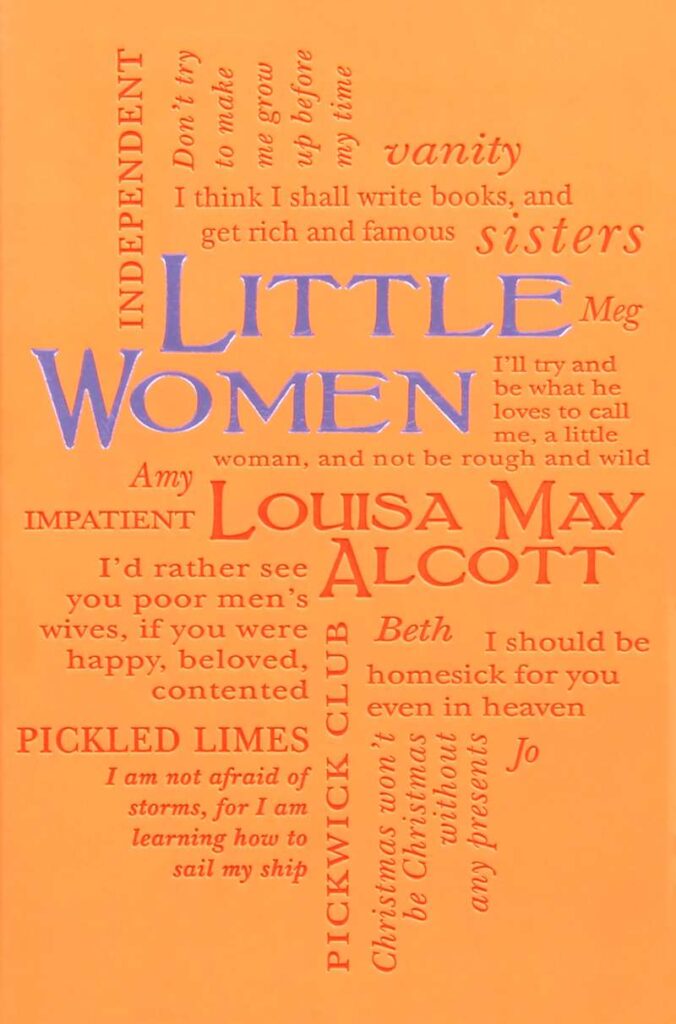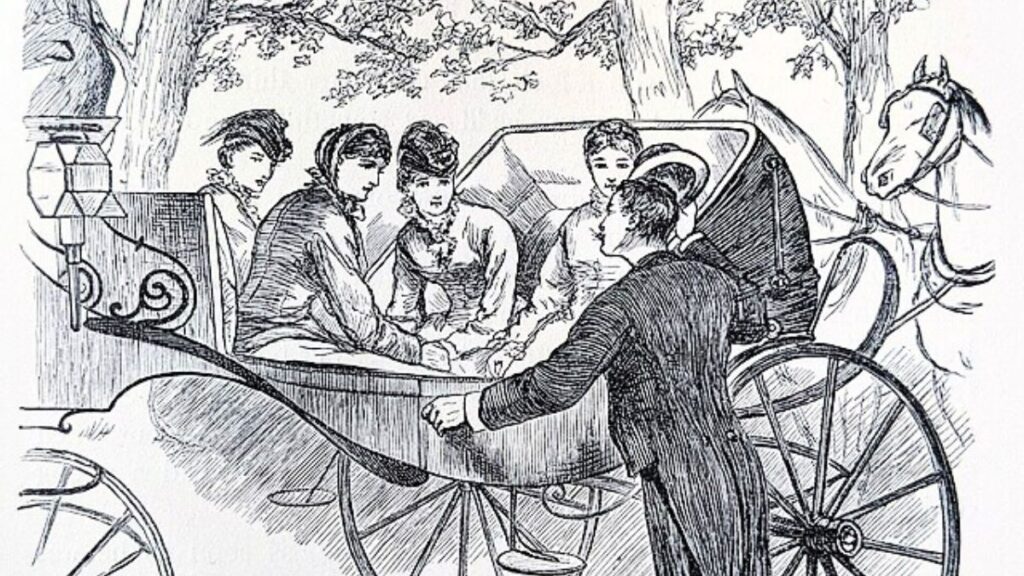By Brian Boone
Louisa May Alcott’s Little Women is one of the most enduring and popular American novels ever. Here are some tidbits about the creation and impact of a true classic.

Prior to Little Women, Louisa May Alcott wrote horror and down-market fiction under the pen name A.M. Barnard. Her publisher, Roberts Brothers, saw an opening in the market for non-fantastical novels directed toward young female readers and asked her to write one. She was uninterested, until she was pretty much forced into it by her father. A seldom-published author of philosophy texts, he made a deal with Roberts Brothers — they’d print his book if he got Alcott to write the young adult book.
Once Alcott consented to the deal, she wrote Little Women (the first of two books) in ten weeks. Just four months after she handed it in to Roberts Brothers, it arrived in stores and was a bestseller upon release in 1868.
When part two of Little Women arrived in stores in 1869, it was called Little Women, Part II in the U.S. and Good Wives in the U.K. Printed as one whole volume for the first time in 1880, the literary franchise also included the sequels Little Men (1871) and Jo’s Boys (1886).
How did Alcott write a novel so quickly? Basing her characters on real people — her sisters — instead of inventing them out of thin air must have helped. Marriage-minded Meg March is based on Alcott’s sister Anna; sickly and tragic Beth March is based on Lizzie Alcott; artist and baby of the family Amy is a version of May Alcott; and the author based progressive, career-oriented Jo on herself.
As what we now know as one cohesive novel called Little Women was originally released in two parts, readers of part one had a chance to weigh in on what they think should have happened in part two. Alcott was bombarded by letters from fans who demanded that Jo marry Laurie, her most obvious match. Alcott, a committed anti-romantic was against it, because she thought marrying off Jo would compromise the feminist integrity of her work. In the end, she gave in to fans just a little — Jo gets married but to the uncharismatic and dull Professor Bhaer, while Laurie marries Amy instead.
Little Women remains almost as popular as a film property as it does a novel. It’s been adapted for the big screen six times, including a silent British-made version from 1917 that’s now lost, a silent American movie in 1918, one in 1933 directed by Oscar-winner George Cukor and starring Katharine Hepburn as Jo, a 1949 take with Elizabeth Taylor (in a curly blonde wig) as Amy, and a 1994 adaptation with Winona Ryder, Kirsten Dunst, and Claire Danes (as Jo, Amy, and Beth, respectively).
The most recent version, released in 2019, was promoted as a starring vehicle for Meryl Streep as Aunt March. In the original novel, she’s barely present, but spoke of often, as a source of traditional wisdom and values to which the March sisters bristle and reject. Gerwig had to flesh out the role and create brand new dialogue for Aunt March because Streep personally asked to be included in the film, and to play that character.








